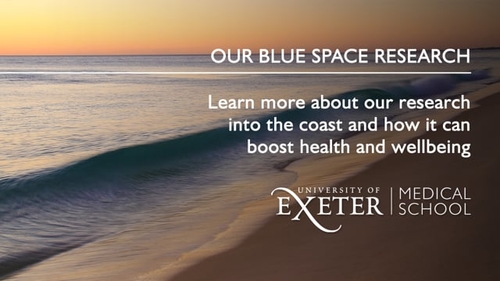The majority of Europe’s population lives in cities which have either developed along major rivers, been founded on the banks of inland lakes, or grown on the continent’s extensive coastline.
These ‘blue’ environments have played a major role in both the historical and modern evolution of our urban areas. They have been used for supplying drinking water, transportation, industry, fisheries, energy generation and sewage treatment.
Several years ago, a new body of evidence suggested that this utilitarian network of urban ‘blue infrastructure’ might also be able to provide a number of health and wellbeing benefits. However, there hadn’t been a concerted attempt to characterise and quantify these effects.
Dr Mathew White provides an overview of a growing body of research that suggests coastlines can improve health and wellbeing.
To address this, BlueHealth brought together researchers from across Europe to systematically explore the impacts that urban waterways can have on health.
Between 2016 and 2020 we conducted over 20 studies in more than 18 different countries across the world.
Our team has designed and implemented interventions at several sites in Spain, Italy, Estonia, Portugal, and the UK. We have created a series of tools to assess these initiatives, and developed protocols for others to do the same.
Our researchers have been at the forefront of new technologies, using virtual reality to bring blue space experiences to those who cannot access them. We have conducted workshops in cities across Europe, and developed scenarios to plan for the future.
In the biggest study of its kind ever conducted, we surveyed over 18,000 people across Europe to uncover population-level relationships between blue spaces and health. We’ve also joined different databases to create new sources of information and analysis.
We have worked with communities, met with policy makers, and broadcast our messages across the globe.
As BlueHealth comes to end, we are still publishing peer-reviewed papers and supporting our amazing network of early career researchers.
Learn more about our research here.
Source: BlueHealth - About

